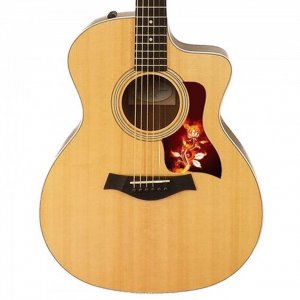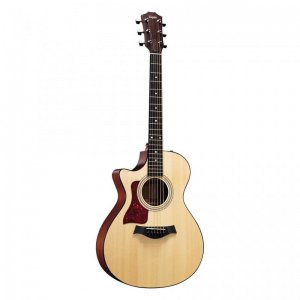tbeltrans
Senior Member
Acoustic and classical guitars are braced differently for the bass string side and the treble string side. The nut and the saddle are shaped to handle appropriate strings. All of that needs to be reversed for a left hand guitar.i never thought of left-handed guitars!?! guess i thought you just put strings on in opposite direction.
Also if the guitar has a cut away to reach the higher frets, that will be on opposite sides for left and right hand guitars.
If the guitar has a pick guard, it will be on opposite sides of the sound hole for left and right hand guitars.
Acoustic guitar with cut away and pick guard:
Right hand guitar...

Left hand guitar...

A relatively new feature on modern acoustic guitars is a bit of arm rest in which the top part of the guitar that the player's picking hand arm goes over will be much more rounded than the rest of the guitar's edges. This will also be done on opposite sides for left and right handed guitars.
So, in reality, left and right hand guitars are completely different instruments and just putting the strings on in reverse order may work, but not properly at all. Many years ago, there weren't many (if any) left hand guitars, so left handed players did reverse the strings because that is all they had to work with. Jimi Hendrix simply turned a right hand guitar upside down and essentially played it backwards.
By the way, a classical guitar is a traditional instrument and it uses nylon strings. What is referred to as an "acoustic guitar" or "flat top guitar" has steel strings. There are "Crossover guitars" that have similar dimensions as compared to an acoustic guitar, but with a slightly wider fretboard to accommodate nylon strings which move much more than steel strings when plucked or strummed.
Edit: There are two primary ways to play guitar. One is with a pick and the other is with the fingers. Those who play with a pick prefer that the strings be closer together, which fingerstyle players want the strings farther apart, Classical guitars are generally played with the fingers and the strings are quite wide apart. Most electric guitars are played with a pick and the strings are generally closer together. With acoustic guitars, it varies depending on the model and target audience for that model.
Tony
Last edited:

